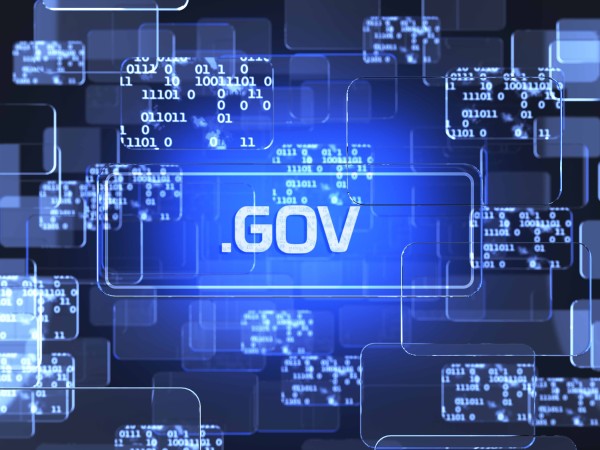 In a digital society, government programmes will be evaluated and funded based on overall citizen experience.
In a digital society, government programmes will be evaluated and funded based on overall citizen experience.
The convergence of people, businesses and organisations, and increasingly smarter things is driving the creation of new business models as the boundaries between the digital and physical worlds become ever more porous. Nearly every industry and IT organisation will be challenged by the full-scale digitalisation of their business processes and in the world at large.
For government, the end-to-end digitalisation of business operations and the digital data generated by those operations will create a new class of public services that are orchestrated and delivered by numerous public, private and non-profit organisations. This is digital government. Gartner defines ‘digital government’ as government designed and operated to take advantage of digital data in optimising, transforming and creating government services.
Digital government also includes the concept of ‘civic moments’, which are made possible by the ‘Nexus of Forces’, a combination of mobile, social, cloud and information (data analytics) technologies – and supplemented by the Internet of Things, where applicable.
Gartner defines a civic moment as an event that triggers a series of cascading actions and data exchanged across a network of people, businesses and organisations, and things to achieve a singular objective. Civic moments are mutable across government – they are designed and developed according to the requirements of any given domain, programme or service use case. Examples might range from how quickly government helps people return to work when a leading employer sheds jobs to how it responds to a major disaster.
Not every government service rises to the level of a civic moment. Determining which cross-domain or multi-sector value streams can be feasibly combined to radically improve service delivery and citizen experience is key to constructing a civic moment that can be supported by a solid business case. Digital government and digital civic moments present government CIOs, agency administrators and elected public officials with an aspirational vision of what is possible over the next 10 years – the first truly “digital decade” – when digital technology will move to the forefront of finding new sources of value for citizens, as well as presenting new threats to business and government enterprises.
Of course, citizens have grown accustomed to having many of their individual wants and needs satisfied quickly in the course of everyday transactions. The high degree of service coordination and personalised response that is typical in commercial transactions is now the baseline against which the performance of government is being measured. Civic moments can be used to visualise future-state service delivery models based on what should happen, and can generate excitement among stakeholders and concentrate their efforts to solve seemingly intractable problems.
Ciic moments can be used to visualise future-state service delivery models based on what should happen, and can generate excitement among stakeholders and concentrate their efforts to solve seemingly intractable problems.
Over the next decade, government business processes with the most public value will be engineered to support digital civic moment use cases. To support this, government CIOs should:
• Formulate an agency-wide digital business strategy and develop leadership capabilities in digital information and technology architectures, and digital value chain development.
• Inspire and engage stakeholders from different tiers of government and sectors of the economy by using civic moment scenarios. These scenarios promote the co-creation and design thinking required for success in the emerging digital industrial economy.
• Secure executive sponsorship and financing to implement the long-range digital business strategy, and a midrange IT investment roadmap that delivers value within budget and election cycles.
• Integrate civic moments into business processes by developing use cases in which data is exchanged in real time across physical and virtual boundaries. This will help to anticipate situational needs, determine optimal objectives and predict probable outcomes.





